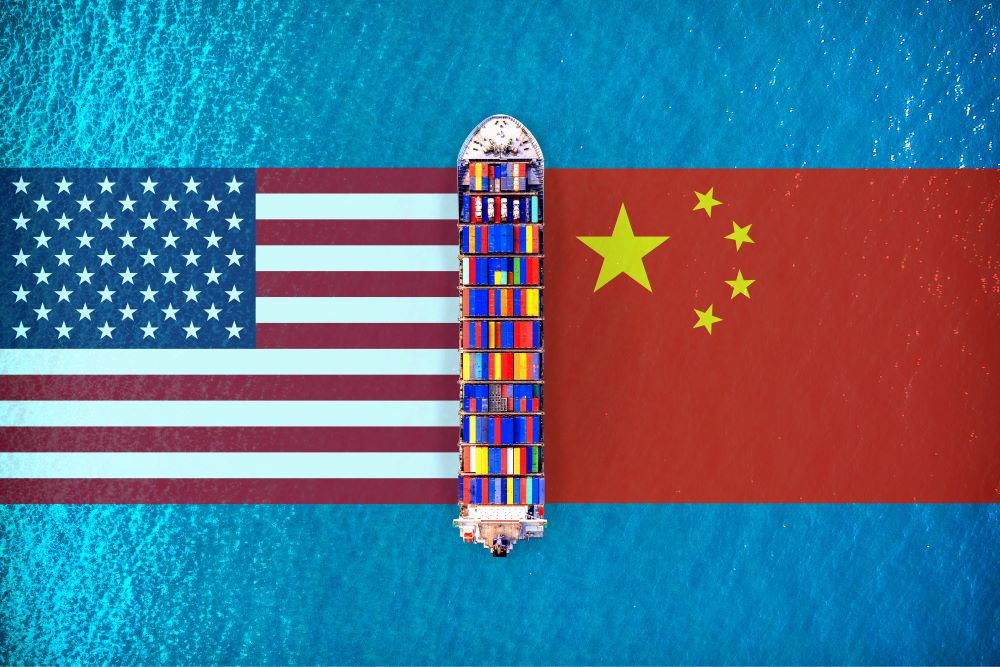
A World Trade Organization (WTO) dispute settlement panel yesterday (16 August) found in favour of the US and against China in a case relating to the introduction of tariffs on selected US products.
The tariffs were imposed by Beijing in retaliation for the then Trump administration’s imposition of duties on steel and aluminium imports from China and elsewhere.
The WTO panel ruled that China had acted in a manner inconsistent with its obligations to the WTO when it imposed the extra duties. China had claimed, in its response to the case, that the initial complaint by the US was flawed because it failed to recognise the safeguarding element of the additional duties it imposed.
US and China respond
Reuters reports that the office of the US Trade Representative said it was pleased with the WTO decision, claiming that China “illegally retaliated with sham safeguard tariffs”.
According to the South China Morning Post Beijing’s Commerce Ministry is still studying the ruling but claims “the root of the problem in this case lies in the unilateralism and protectionism of the US” and that China’s countermeasures were to “safeguard its legitimate rights”.
Inconsistent with GATT
In its findings, the WTO panel found that the additional duties imposed were “inconsistent with Article I:1 of the General Agreement on Tariffs and Trade (GATT) 1994 because … China failed to accord the advantage of lower tariff rates granted to products imported from other countries immediately and unconditionally to products originating in the US.”
The Panel also found that the additional duties measure was inconsistent with Articles II:1(a) and II:1(b) of the GATT 1994 because it resulted in the imposition of ordinary customs duties in excess of those provided in China's Schedule and accorded to imports from the US treatment less favourable than that provided for in China's Schedule.
The action by China was in response to the Trump administration introducing tariffs of 25% on steel and 10% on aluminium from several countries including China. While the WTO condemned these US tariffs in a ruling published in December last year, the Biden administration ignored the ruling and the tariffs are still in place.
Tit-for-tat tariffs
The Times of India reports that Chinese state media organisation, Xinhua, quoted an unnamed Chinese official as demanding the US “immediately cancel the steel and aluminium Section 232 measures that violate WTO rules”.
The paper also quotes Sam Michel, spokesman for the US Trade Representative, as saying that “China’s decision to pursue this dispute highlights its hypocrisy by both suing the US in the WTO and at the same time unilaterally retaliating with tariffs”.
The WTO ruling is the latest development in an ongoing and escalating build-up of tension between the world’s two largest economies and, as previously reported in the Daily Update, comes as China’s economy is experiencing a difficult period, with trade figures last week showing a significant drop in both imports and exports.



